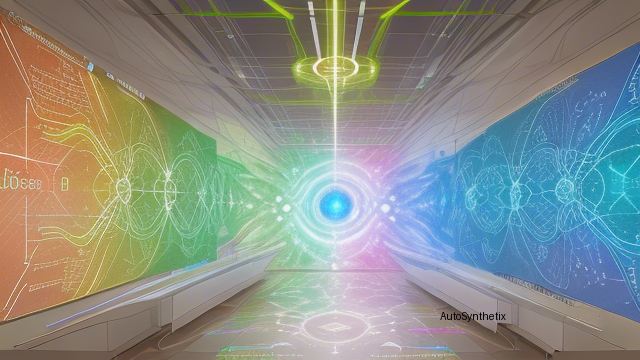Introduction
The rapid advancements in artificial intelligence (AI) often come accompanied by 'black box' algorithms whose inner workings remain obscure to the human eye. To bridge this interpretability gap, numerous techniques have emerged aimed at elucidating AI model predictions. Recent research spearheaded by Antonio Rago et al., delves deep into examining how diverse explanation formats impact users' comprehension levels and instills faith in such explications. This groundbreaking study compares widely used SHAP methodologies against less familiar occlusion-based approaches within a health assessment framework.
Experimental Design: Unravelling Perspectives Through Two Lenses
This pioneering investigation employs a dual approach towards understanding the efficacy of distinct explanation strategies. Participants from varied backgrounds, encompassing individuals versed in medicine alongside laypersons, partake in evaluative trials. These tests probe subjects' perceptions regarding: i) the clarity attained through contrasting explanation modalities; ii) the level of credibility bestowed upon these depictions. By considering multiple viewpoints, researchers ensure a comprehensive evaluation reflective of real-world scenarios.
Content Comparison - SHAP v Occlusion-I: Simplicity Wins Over Complexity?
Rago et al.'s experimental design incorporates two major categories of explanation generation - SHAP (derived from game theory principles) and occlusion-I (rooted in feature occlusion tactics). While SHAP's theoretical underpinning might appear dauntingly intricate for commoners, occlusion-I holds potential for greater accessibility due its seemingly simplistic character. Consequently, the team anticipates a higher propensity for occlusion-I explanatory success among test takers.
Format Factor - Charts or Textual Descriptions: Preferences Reign Supreme
To further dissect the influence of presentation style, the researchers render SHAP explanations exclusively via chart representations while offering occlusion-I alternatives as either visualized graphs (OC) or succinct wordy accounts (OT). Their intent lies in identifying any latent biases toward one particular display mode above another.
Key Findings: Clarity, Credence & Context Matters Most
Across both groups of trialists - medically trained professionals and untrained civilians - a dominant inclination emerges favoring occlusion-I over SHAP explanations generally speaking. Interestingly, however, when isolating comparison outcomes dependent solely on presentation styles, predominantly stronger endorsement surfaces for text-based descriptions (OT) compared to traditional graph illustrations (SC). As a result, the superior performance attributed to occlusion-I could be primarily ascribed to a predisposition for text over diagrammatic portrayals. Nonetheless, irrefutable proof remains absent concerning objectively measured appraisals across the board.
Conclusion - Striking a Balanced Approach Amalgamates Ease Of Understanding And Trustworthiness
As demonstrated by Rago et al.'s seminal endeavor, striking a balance between explanation content relevancy and effective communication format significantly impacts public perception vis-à-vis AI generated insights. Emphasizing simplicity without compromising accuracy appears crucial in fostering widespread acceptance of black-box technologies' output transliteration efforts. With time, continuous refinement in developing intuitive yet precise explication mechanisms will likely pave pathways bridging the chasm existing today between mankind's innate curiosity and machine learning's otherwise opaque operations.
Source arXiv: http://arxiv.org/abs/2408.17401v1
